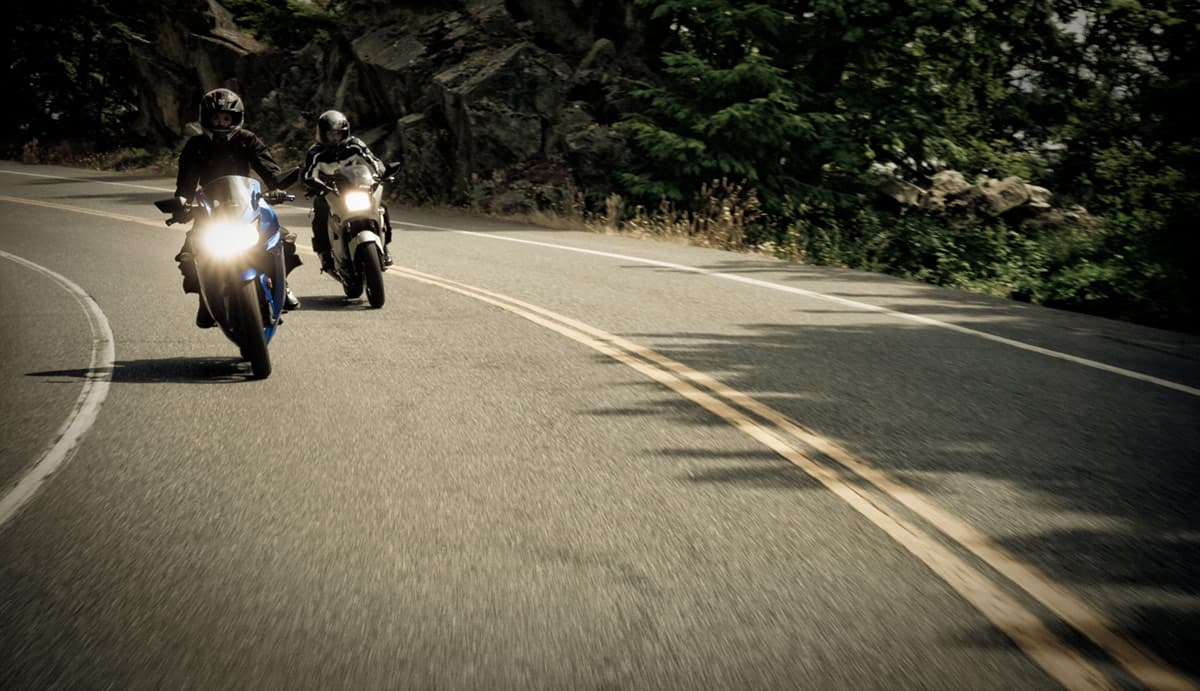I ended part 1 on countersteering stating that it works at any speed, and that everyone already does it. Now I will explain why both of those statements are true.
If you have ridden a two wheeled vehicle of any kind, you already countersteer. A lot of people don’t realize that they are doing it because it quickly becomes second nature. Countersteering is simply how you turn a bike.
You might be able to push a bike into a turn at slow speeds, but even if that’s what you’re consciously doing, you will be countersteering subconsciously.
I already went over gyroscopic effect and precession, and why we absolutely must countersteer at higher speeds, but it does work at any speed.
Aside from being a gyroscope, the wheels of a motorcycle are also our balancing point. What happens when you move the point that you are balancing on to the right but don’t move your center of gravity?
You fall to the left.
So even when you are barely moving, turning the wheel one direction results in the bike leaning to the other side.
There is also the fact that trying to turn the bike by turning the wheel in the direction you want to go, centrifugal force will make the bike lean the other direction. If you don’t correct it, you will fall.
This is what happens when you countersteer. Not only are you exploiting the gyroscopic precession, but you are also changing the balancing point of the bike. A quick push on the inside handlebar briefly moves the wheel to the outside, and that makes the bike lean to the inside of the turn.
This starts the turn. The more aggressively you countersteer, the more you get out of it.
If you are only subconsciously countersteering, you will be able to lean to about 20 degrees, but never any farther.
If you give the bar a quick, far push, the bike quickly drops into a deep lean. It takes a conscious effort to lean a bike far enough to get your knee on the ground.
More to come soon….

